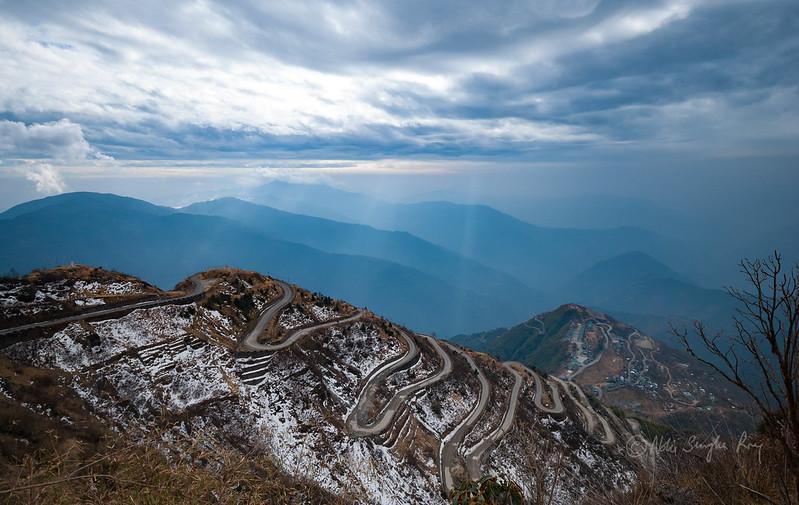Before the sea route connecting the East and the West, the Silk Road was the link between China, West Asia, Central Asia, and part of the Mediterranean.
These facts will help you decipher the mysteries behind these routes. Besides, you will gain more knowledge about the formation of world civilization.
How was the Silk Road formed? Who named it? The following facts will explain these questions to you!
1. The first to use the term “Silk Road”
German geographer Richthofen (Ferdinand Von) used the term Silk Road for the first time in “Records of Chinese Tourism” in the 1870s.
The reason he gave it such a name was that Chinese merchants at that time used to transport large quantities of silk and silk products to the West via this route.
2. Why is the Silk Road so important?
The opening of the Silk Road brought many products that had a significant impact on the West. Many of these items are of Chinese origin, including gunpowder and paper.
They have become one of the most traded commodities between China and its Western trading partners.
3. The extent of the influence of the Silk Road around the world
The Silk Road was the largest and most important trade route. The linking of these two continents and typical civilizations has created rapid economic development between countries.
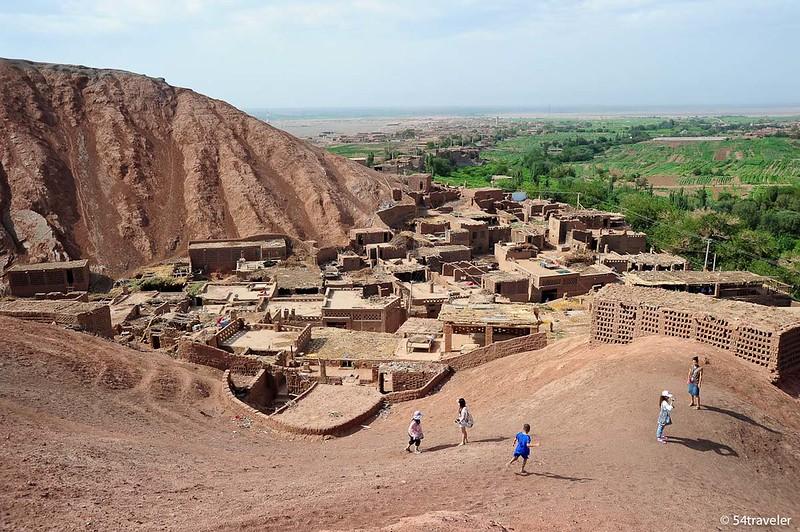
Not only famous for its role as a trade route in ancient times, but the Silk Road is also a road marking cultural exchanges between countries.
Western missionaries also adopted this route to travel to other countries and spread their religion. All religions on this Silk Road will be equally accepted and respected.
These Routes are the premise for the development of human civilization later and also show the progress in human thought at that time.
4. Other things sold on the Silk Road
Europeans brought specialty items along the Silk Road to trade with the Chinese such as wool, slaves, animals, wine, jade, and colored glass.
Spices were the second important commodity transported on the Silk Road. Traders used these spices to mask the taste of rotting food and preserve food during their journey.
They also trade in these valuable spices, including pepper, ginger, nutmeg, cloves, cumin, saffron, and cinnamon.
Paper was one of the major commodities traded on the Silk Road. It has become the most used writing material in Eurasia.
5. Is there a maritime silk road?
The Maritime Silk Road was the starting point of all subsequent maritime routes.
In the 9th century, East-West trade was bustling and expanding, and stable shipping routes and the birth of a series of trading ports created the “Maritime Silk Road.”
The route of this road with the westernmost point starts from Rome through the ports of the Middle East, such as Al Tur, Fustat, and Cairo.
It follows the southern coast of India through Thailand and down the Malacca Strait into the Pacific Ocean. After crossing the Strait of Malacca, the road splits into two directions.
6. The total length of the Silk Road
In 119 BC, the Silk Road began from Chang’an (now called Xi’an) to Luoyang. The Silk Road ended in Rome, Italy. The total length of the Silk Roads is about 9,000 km.
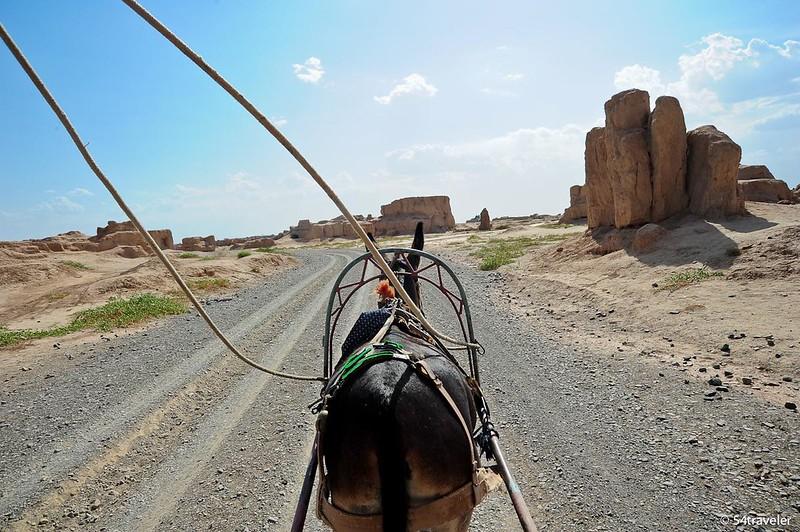
7. Main shipping method
The Silk Road was not just a road. It was more like routes. Camels were the main animals used to transport goods along the overland sections of the Silk Road. In addition to camels, Central Asia and China traders also used horses and yaks to carry their goods.
8. Travelers walking on this road
Initially, only merchants passed through this path. Besides, there were missionaries through this route to spread their religion.
Today’s Silk Road is historically significant and a favorite destination for adventurous travelers. This road has beautiful natural attractions and cultural hotspots, making it one of the top places to visit in China.
9. The decline of the Silk Road
At the end of the fourteenth century, the Silk Road became obsolete. During this time, shipbuilding and the maritime industry were more developed.
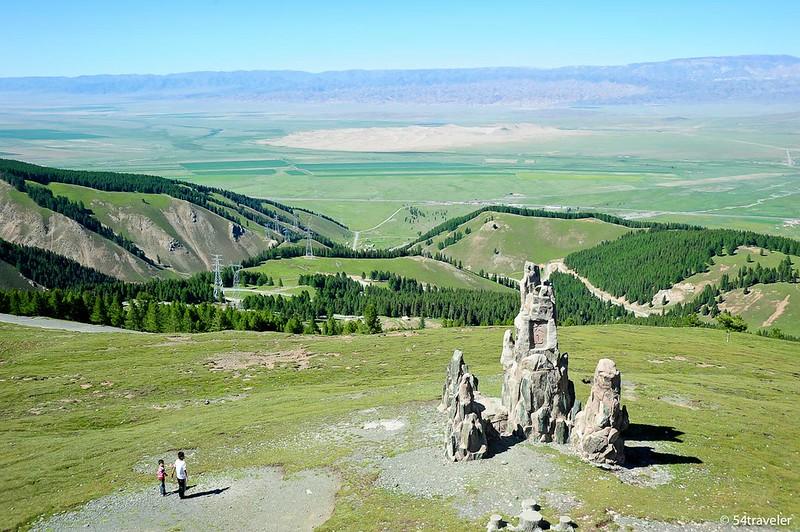
This trend changed the way people think about travel and mobility. The sea route at that time became a trade route for East-West countries.
10. Formation and development of China’s BRI road
In 2013, President Xi Jinping implemented a policy of restoring the Silk Road to increase links with other countries, especially in Europe and East Africa.
With $900 billion, this is a huge strategy. It will affect the world economy. In 2017, traders delivered the first shipments on this road.
By 2019, due to the influence of Covid-19, China had to delay renovating the route. However, the country is still trying to revive a major trade route in the past.
The Meaning of the Silk Road
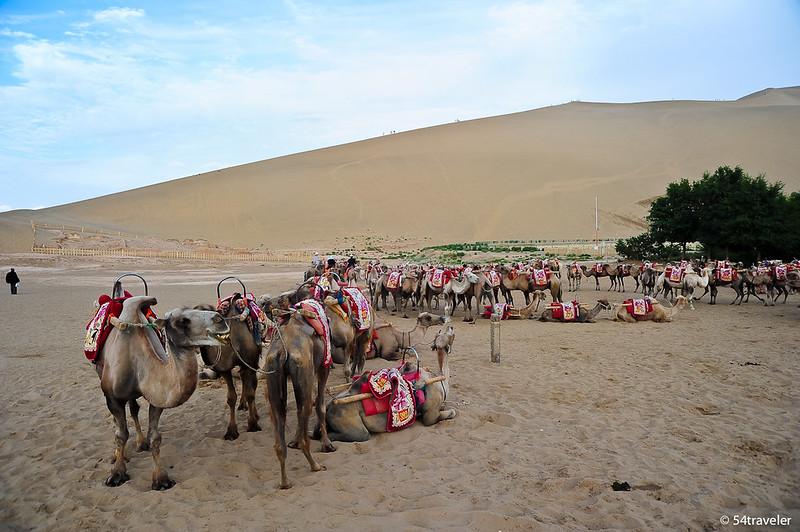
The Silk Road began to be formed in the 2nd century BC when Zhang Qian – a courtier of the Han Emperor – went west to ally with new countries and peoples.
His journey did not bring any new connections to the Han Dynasty but helped him gain more knowledge about Western culture, a new route. It laid the foundation for the Silk Road.
From here, the Silk Road developed at breakneck speed, originating from Fuzhou, Hangzhou, and Beijing in China through Mongolia, India, Kazakhstan, Turkey, and Greece.
In the 7th century, the maritime Silk Road was born by Arab merchants. After that, countries such as Portugal, England, France, and the Netherlands pulled to China to trade by sea at a faster and safer speed.
Conclusion
The above facts about the Silk Road must have made you feel interested. The Silk Road is part of the history of human development.
Now it has been revived and used. Hopefully, you have gained new knowledge. Remember to visit our website for more facts about China!

